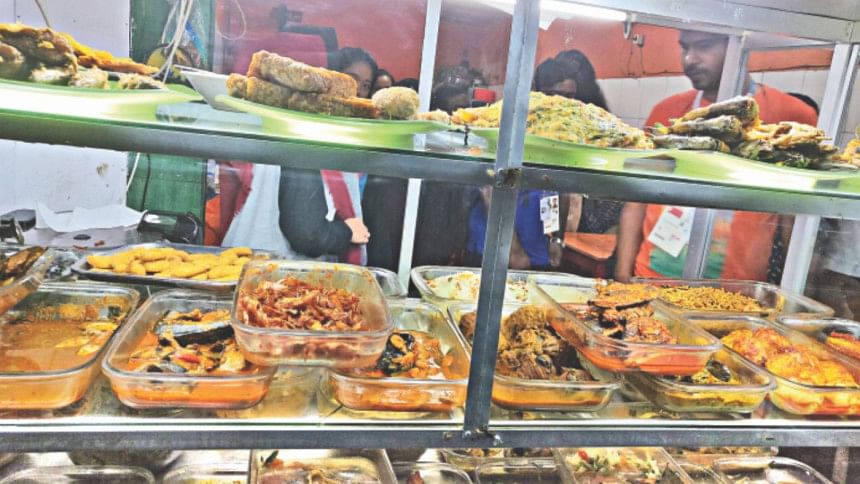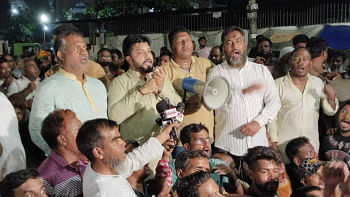Dirgahayu Republik Indonesia

The city of Jakarta has decked up for the Asian Games with banners, posters, digital billboards and all kinds of greetings and decorations. One common greeting that is visible in all parts of the city, though, is, 'Dirgahayu Republik Indonesia', meaning 'Long Live Indonesian Republic', owing to the 73rd Independence Day observed just 13 days ago.
The word Dirgahayu comes straight from Sanskrit, which has lent many words to Bahasa Indonesia, the national language of country. Sanskrit isn't the only subcontinental language to have had an influence on the languages of this country, you will hear a lot of words from Tamil and Hindi once you go to a hotel or out on the streets. The reason is Hindu and Buddhist dynasties have long ruled this country (2nd to 14th century) before the spread of Islam and the colonisation by the Dutch.
Even though the Hindu and Buddhist kingdoms have long vanished from this country and there is a minimal Hindu or Buddhist population remaining, the country still profoundly bears the marks left by those cultures.
Garuda, the mythical bird-like creature of Indian mythology, is part of the national emblem of Indonesia and also the national carrier of the country.
The names and rituals here too have consumed a lot of Indian traditions, such as names of people which bear an affinity to the linguistic roots and greeting people with the traditional namaste, no matter what religion they belong to.
NASI GORENG ALL THE WAY
Being the third largest rice producer in the world, it is no wonder that Indonesians live on rice. They start their day with rice, eat rice for lunch and end their day's meals with rice, of course with various protein and vegetables as side dishes.
However, the preparation of rice can be of varied nature -- from Nasi Goreng, fried rice with side dishes, to plain rice, accompanied with soup noodles, a Chinese influence.
Nasi means rice and Goreng means fried. The people of Indonesia, certainly of Jakarta, have a passion for fried food. You will see push-carts selling various types of fried foods from morning till midnight and those food carts are always in high demand, especially with the local motorists who are more often than not stuck in the infamous Jakarta traffic jams.
And then of course there are types of desserts, and beverages, with coffee topping the bill due to it being produced here in abundance. However, the tea (locally called teh) served here is very different from the ones we have in our country. Most people here drink tea cold, with nutmeg or clove to flavour, rather than hot, and there is no milk tea available. Hence, if you go to a street side shop and ask for a cup of milk tea or even liquor tea, you would most likely get a blank stare, with a gesture that says seek elsewhere if you might.

 For all latest news, follow The Daily Star's Google News channel.
For all latest news, follow The Daily Star's Google News channel. 



Comments